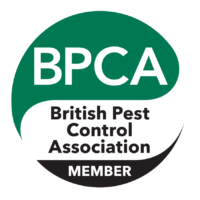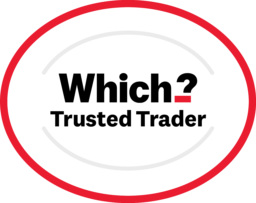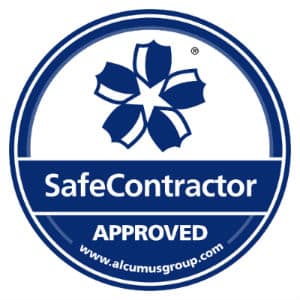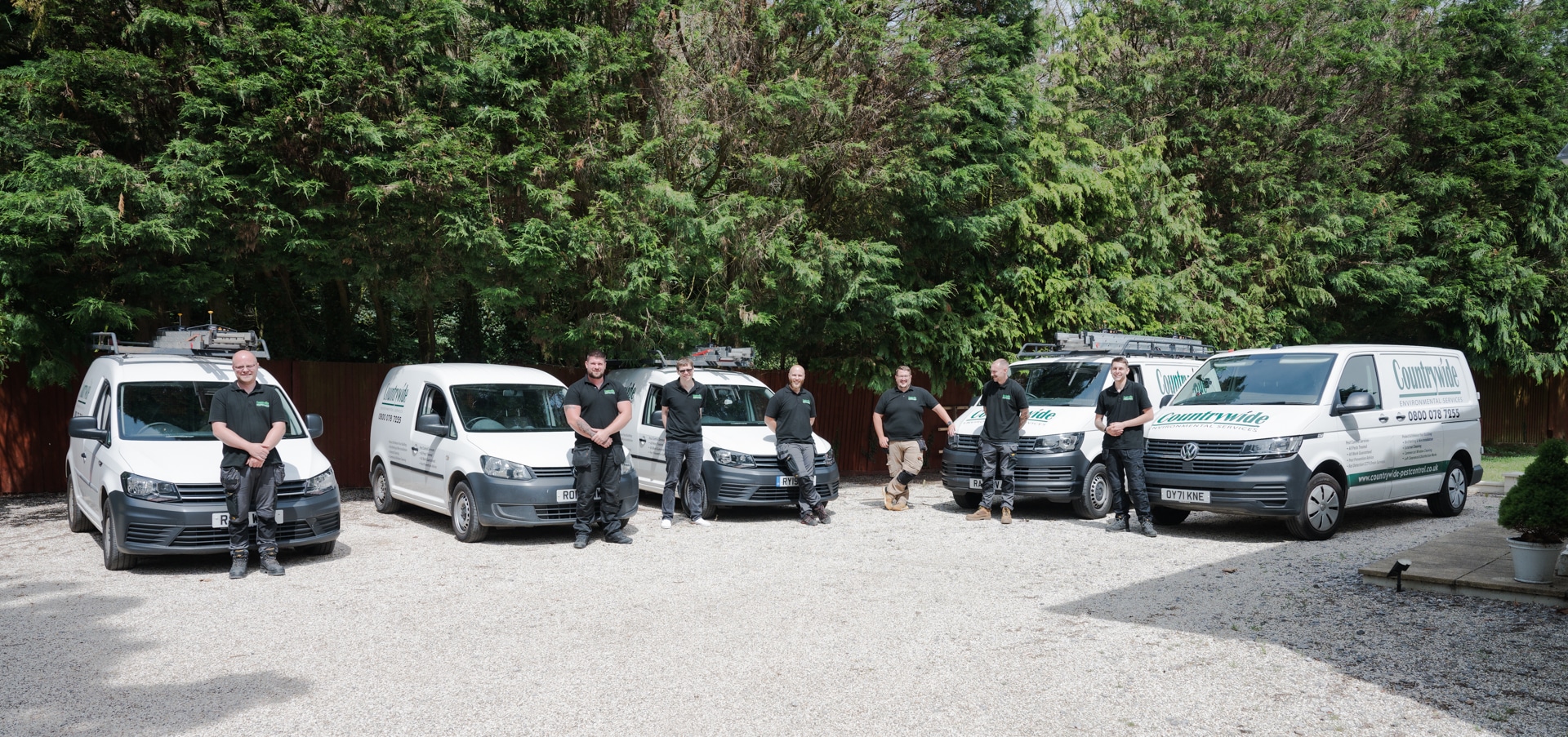Expert Moth Control Services
Moths are a diverse group of insects, with almost 2,500 different species in the UK. Like butterflies, they vary significantly in size, shape and colour, and it’s not uncommon to find one in your home.
Although most moth species do not cause harm and have remarkable ecological significance, some are considered textile pests. Unfortunately, clothes moths, sometimes called carpet moths, can infest your property and impact the preservation of your clothing, fabrics, carpets and furniture.
Living with them can lead to expensive and irreparable damage to your belongings. Therefore, Countrywide provides moth pest control to all homes and businesses in Newbury and the surrounding areas.
- 24/7 Moth Control Treatments
- Protection Against All Textile Pests
- BPCA-Certified Technicians
- Discreet and Efficient Service
- Domestic & Commercial Treatments
- Prices Starting From £90 + VAT
Protect your home today by calling our team at 0800 078 7255 to book your visit.
What Are Textile Pests?
Textile pests is the name given to insects, such as moths and carpet beetles, that feed on keratin. Keratin is the natural protein found in common textiles of animal origin, including wool, leather, cashmere, fur and silk.
The larvae’s ability to digest this protein means it can damage the natural fibres in carpets, upholstered furniture, clothes and historical artefacts. The most common textile pests we deal with are clothes moths.
-
Clothes Moths
There are two main clothes moths; the common clothes moth (Tineola bisselliella) and the case-bearing clothes moth (Tinea pellionella). Common clothes moths are light in colour featuring golden wings, with case-bearing moths noticeably darker and duller in comparison. Both species are approximately 6mm – 7mm in length; however, a key difference is case-bearing moths contain a dark brown spot on their wings. A common question is, how do I know if I have carpet moths or clothes moths? They are actually the same thing, just named differently depending on where they are found in a property.
Pest Control Survey for Common Clothes Moths
Signs You Need Textile Pest Control
Clothes moth larvae are extremely small and bury themselves deep into the pile of wool carpets. As a result, a textile pest infestation can go undetected for a long time.
Fortunately, understanding what signs to look out for can help minimise property damage and ensure efficient removal.
Evidence of a textile pest infestation includes:
-
Identifying Pest Activity
Seeing an increased number of these fabric pests in your home is a definitive sign of a problem. You may notice clothes moths near a window trying to escape or a collection of them nesting behind furniture. You may also identify strange things on your belongings, such as faecal pellets or larvae casings. Although small, they will be contained in certain areas of your property where the infestation is most concentrated.
-
Textile Damage
Adult Moths do not eat clothes or fabrics. In fact, it is the larvae that require this sustenance to pupate and grow into adults. These insects will source keratin from all fibrous textiles (rugs, curtains, clothing and carpets) as well as household dust containing pet and human hair or skin cells. Textile damage typically presents as small, irregularly shaped holes, thinning textures and shredded fabrics. To prevent and deter textile pests from thriving in your home, keep materials out of warm, humid conditions and regularly clean and hoover the property.
-
Textile Pest Larvae
Moth larvae resemble rice grains and are small, white and only a few millimetres long. These insects favour dark, humid and musty conditions. Therefore, under your couch, in the loft, spare bedrooms, garages and storage facilities are the perfect breeding grounds for moths.
-
Allergies
Although these pests cannot bite or cause harm to humans, in some cases, individuals are sensitive to hemolymph, which could lead to an allergic reaction. If your allergies are triggered by something unknown, Inspect your bedding, clothes and furniture to see if you can spot any larvae or insects.
Commercial Clothes Moth Pest Control
Finding moths in your business can be extremely damaging. Not only could textile pest larvae spoil your stock, but they can also dramatically eat into your profits and affect your business reputation.
Damaged stock could lead to product recalls, customer returns and negative word-of-mouth connotations. Moreover, the cost of replacing the merchandise is detrimental to your business’s growth, profits and operational efficiency. So, if you have stock rooms or warehouses that hold a lot of material goods, our commercial pest control Newbury services are available.
Here at Countrywide, our team are experienced in textile insect management services. As a result, we can deliver 24/7 clothes moths and carpet moths control, promising 100% success with discretion. Contact us at 0800 078 7255 to book your efficient and guaranteed pest control treatment.






